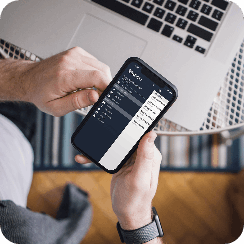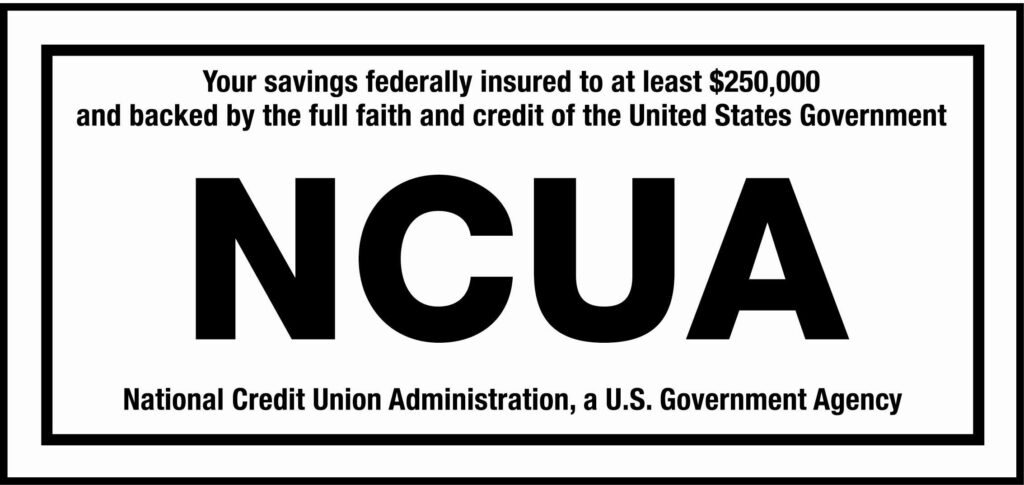
“Pay yourself first” is a catchphrase that refers to prioritizing your personal savings above other expenses. To achieve it, savings should be a fixed line on your budget that happens every month without fail.
Here’s how to pay yourself first.
Review your spending
Take a clear look at your spending. If you already have a budget, this will be as simple as reviewing the column which lists all of your expenses, including your discretionary spending. If you don’t have a budget, track your spending over several months to identify your primary expenses and to find the average amount of money you spend each month.
Set short- and long-term saving goals
Short-term savings, or funds you want to be able to access in the near future if necessary, can be allocated to an emergency fund. Experts advise having three- to six-months’ worth of living expenses set aside in an emergency fund in case of a sudden, large expense and/or loss of employment.
Long-term savings should include funds you can afford not to touch for several years or more. Your long-term saving goals can include your retirement, as well as a downpayment on a home, a new car, a sabbatical from work or any other super-big expense.
Narrow down your short- and long-term goals, then attach a number to each savings category.
Set a timeline for each savings goal
Now that you have a number for the amount you want to save, you’ll need to work out a realistic timeline for meeting those goals. It’s best to give first priority to your emergency fund, but at the same time, it’s a good idea to start saving for retirement today so compound interest has an opportunity to work its magic. To that end, you may want to allocate the bulk of your monthly savings to your emergency fund until you meet your goal. Once your emergency fund is full, you can divide your savings more evenly between your short-term savings and long-term savings.
Calculate how much you’ll need to save each month
Take your total for each goal, and divide it by the number of months in your timeline. For example, if you’ve decided you want to have an emergency fund of $24,000 established in four years’ time, you’ll divide $24,000 by 48 months to get $500 a month. This is the amount you’ll need to set aside each month to reach your goal in time. Do this for each of your goals.
Automate your savings
Once you’ve got your savings plan ready to go, it’s best to make it automatic. You can set up a monthly transfer from your credit union checking account to your credit union savings account. This way, your savings will grow even when you forget to feed them.
Congrats–you’ve mastered the art of paying yourself first!
Read Step 1: How to Track Your Spending
Read Step 2: Creating a Budget
Read Step 4: Have the Money Talk With Your Partner
Read Step 5: Practice Mindful Spending
Read Step 7: How to Pay Yourself First
Read Step 8: Know When and How to Indulge
Read Step 9: Build and Maintain an Excellent Credit Score
Read Step 10: Plan for Retirement
Read Step 12: Review and Tweak
Banking With A Purpose
Much more than a catchphrase, our tagline is our passion, our reason why we do what we do. This is the impact of your membership with AGCU.
Learn More About Banking with a Purpose




